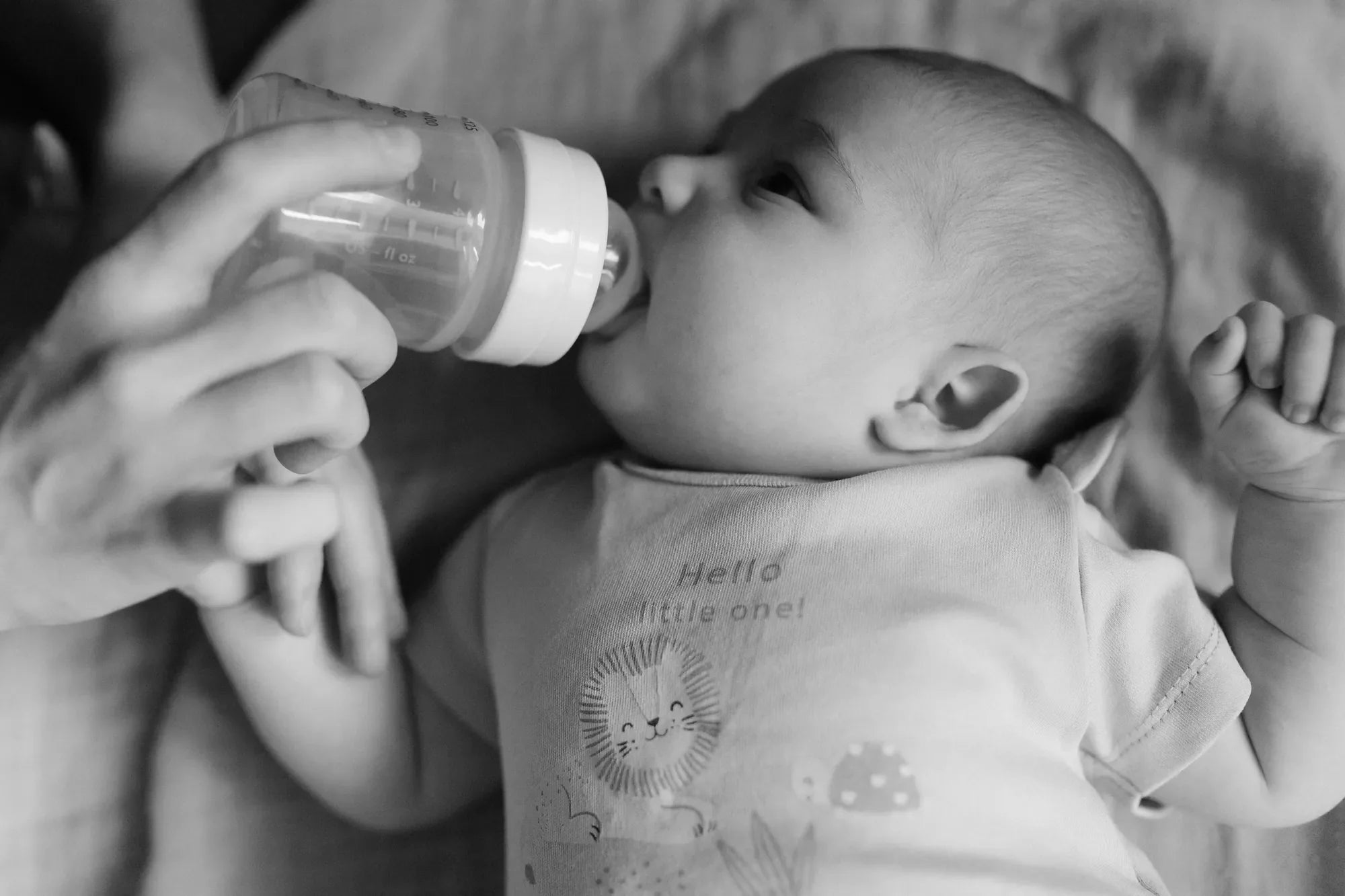Accueil
Pregnancy, Breastfeeding, and Pumping: The Ultimate Guide for Moms
Can I Keep My Breast Pump in the Fridge? Exploring the Facts

Can I Keep My Breast Pump in the Fridge? Exploring the Facts
As a new parent, you’re likely juggling countless responsibilities, and keeping your breast pump clean and functional is just one of them. But have you ever wondered, can I keep my breast pump in the fridge? This question has sparked debates among parents and experts alike. In this article, we’ll dive deep into the topic, exploring the pros, cons, and best practices for storing your breast pump in the fridge.
Understanding Breast Pump Hygiene
Before we address the main question, it’s essential to understand the importance of breast pump hygiene. Breast pumps come into direct contact with breast milk, which is a highly perishable substance. Any contamination can lead to bacterial growth, posing risks to both you and your baby. Proper cleaning and storage are critical to maintaining a safe and efficient pumping routine.
The Idea Behind Storing a Breast Pump in the Fridge
The concept of storing a breast pump in the fridge stems from the idea of minimizing bacterial growth between pumping sessions. Some parents believe that keeping the pump in a cold environment can slow down the proliferation of bacteria, reducing the need for frequent cleaning. But is this practice safe and effective?
Pros of Storing a Breast Pump in the Fridge
There are a few potential benefits to storing your breast pump in the fridge:
- Reduced Cleaning Frequency: Keeping the pump in the fridge may allow you to use it multiple times without washing it in between sessions.
- Convenience: For busy parents, this method can save time and effort during the day.
- Temperature Control: A cold environment can help maintain the integrity of any residual milk in the pump.
Cons of Storing a Breast Pump in the Fridge
While the idea may seem appealing, there are several drawbacks to consider:
- Bacterial Growth: Even in the fridge, bacteria can still grow, especially if the pump isn’t cleaned thoroughly.
- Cross-Contamination: Storing the pump in the fridge alongside food items can lead to contamination.
- Moisture Build-Up: Condensation inside the fridge can create a damp environment, promoting mold growth.
Expert Opinions on the Practice
Many healthcare professionals and lactation consultants advise against storing breast pumps in the fridge. They emphasize the importance of cleaning the pump after each use to prevent bacterial contamination. While the fridge may slow down bacterial growth, it doesn’t eliminate the risk entirely.
Best Practices for Breast Pump Storage
If you’re considering storing your breast pump in the fridge, here are some tips to minimize risks:
- Use a Sealed Container: Place the pump in an airtight container to prevent cross-contamination.
- Limit Storage Time: Only store the pump in the fridge for a short period, ideally no more than a few hours.
- Clean Thoroughly: Even if you store the pump in the fridge, make sure to clean it properly before the next use.
Alternative Solutions for Busy Parents
If storing your breast pump in the fridge seems too risky, there are other ways to streamline your pumping routine:
- Multiple Pump Parts: Invest in extra pump parts so you can rotate them throughout the day.
- Portable Cleaning Solutions: Use cleaning wipes or portable sterilizers for quick clean-ups.
- Pump Planning: Schedule your pumping sessions to minimize disruptions to your daily routine.
Maintaining Your Breast Pump for Longevity
Proper care and maintenance are essential for extending the life of your breast pump. Here are some general tips:
- Follow Manufacturer Guidelines: Always adhere to the cleaning and storage instructions provided by the manufacturer.
- Inspect Regularly: Check for signs of wear and tear, and replace parts as needed.
- Store in a Dry Place: Keep your pump in a clean, dry area when not in use.
Final Thoughts on Storing a Breast Pump in the Fridge
While the idea of storing your breast pump in the fridge may seem convenient, it’s not without risks. Bacterial growth, cross-contamination, and moisture build-up are significant concerns that shouldn’t be overlooked. Instead, focus on proper cleaning and maintenance to ensure the safety and effectiveness of your breast pump. By adopting best practices and exploring alternative solutions, you can streamline your pumping routine without compromising hygiene.
Ultimately, the health and well-being of you and your baby should always come first. If you’re unsure about any aspect of breast pump care, consult a healthcare professional or lactation consultant for personalized advice. Your pumping journey is unique, and finding the right balance between convenience and safety is key to making it a positive experience.
Partager


